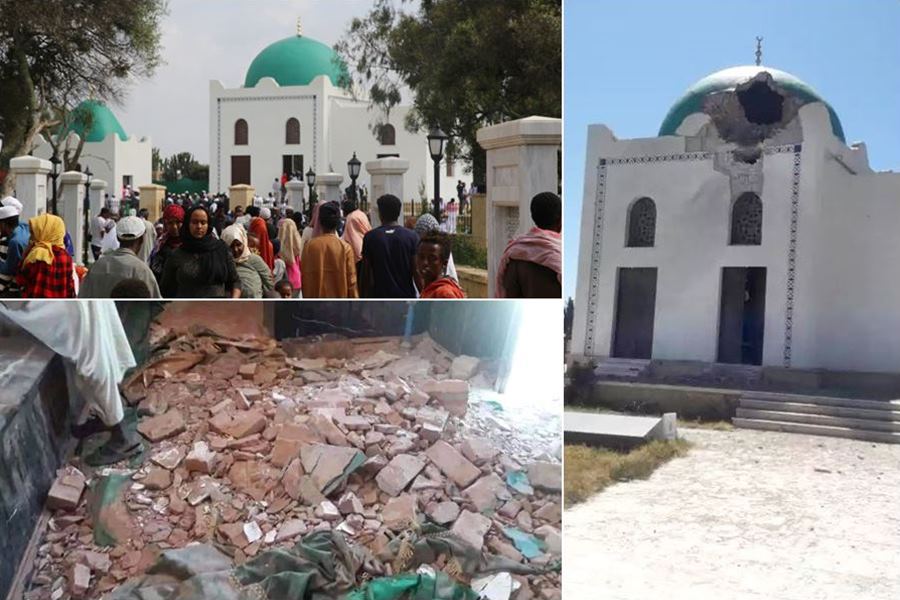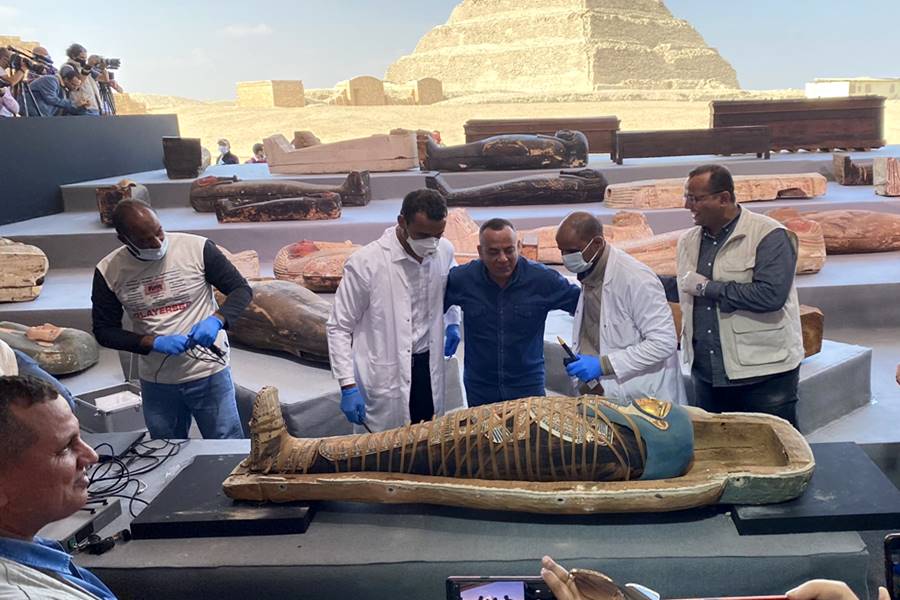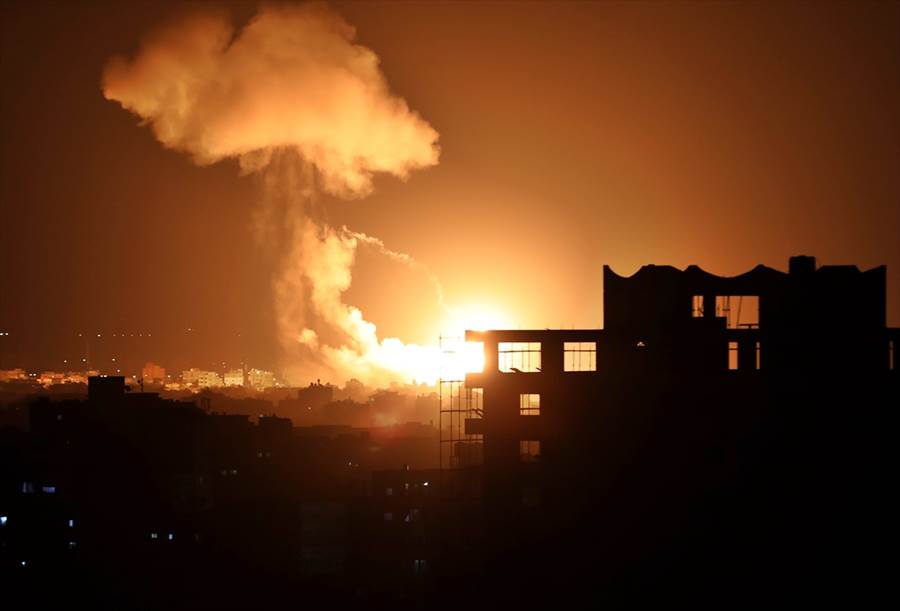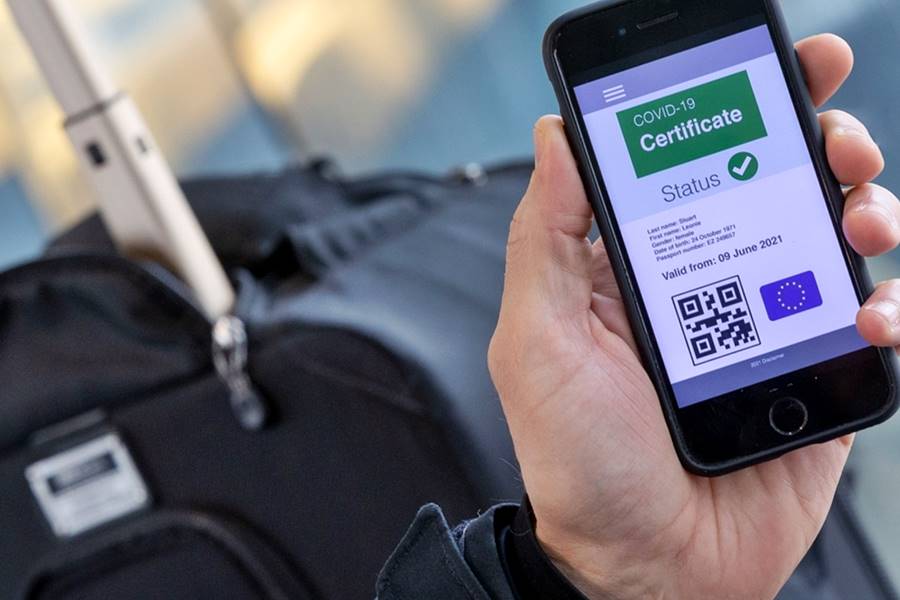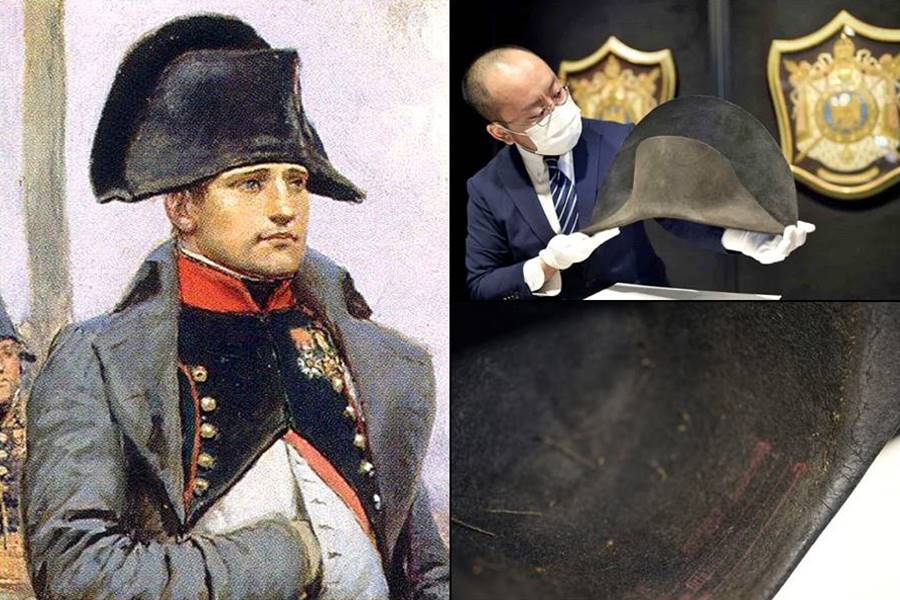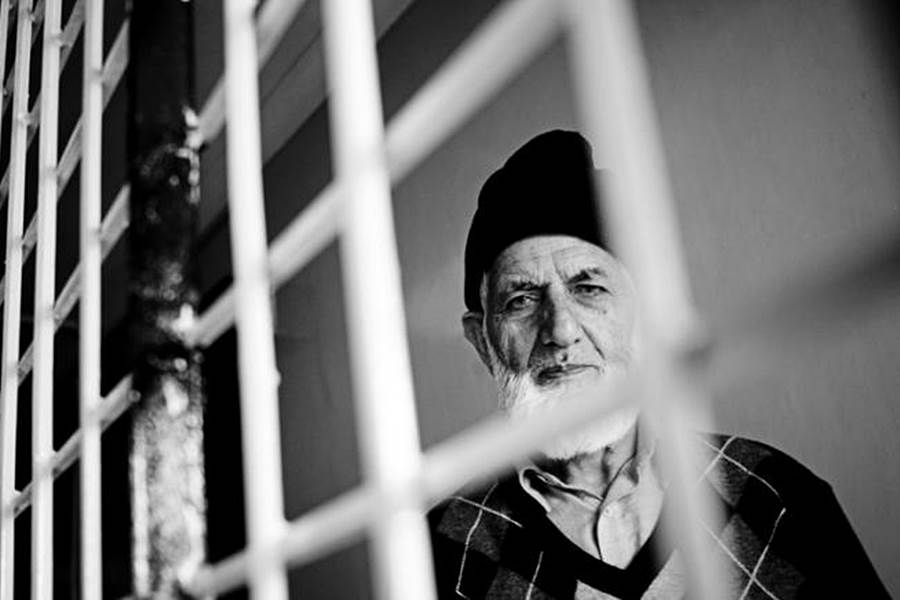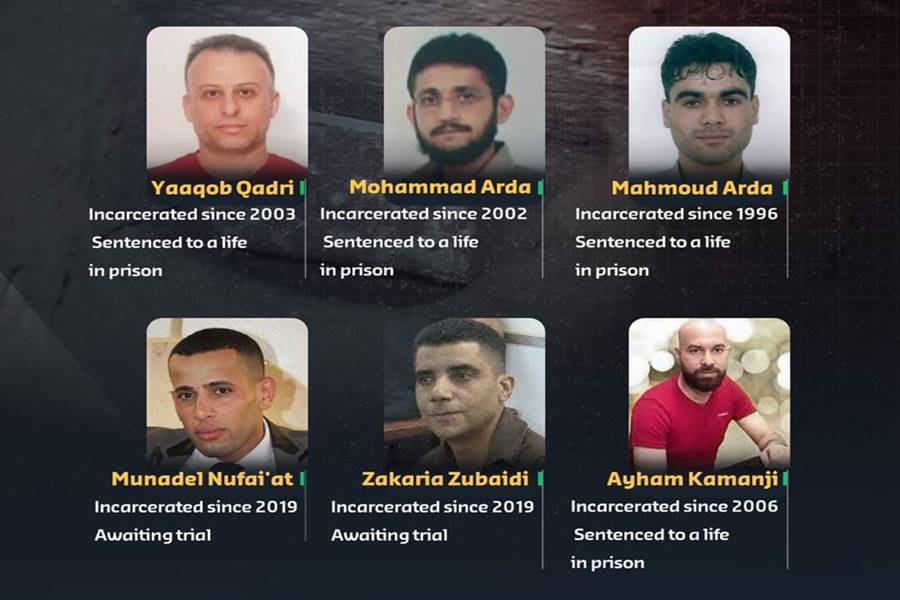Sat 02 January 2021:
The historic Al-Nejashi mosque has been damaged terribly. Images share on Social media shows artillery has destroyed the dome and the interiors via explosion.
The Tigray region is one of 10 semi-autonomous federal states organised along ethnic lines in Ethiopia, and home mostly to the Tigrayan people who make up about 6 percent of Ethiopia’s population of more than 110 million.
Ethiopian Prime Minister Abiy Ahmed, last year’s Nobel Peace Prize winner, ordered troops into the northern region of Tigray on November 4, saying the operation was in response to alleged attacks on federal army camps by the regional governing party, the Tigray People’s Liberation Front (TPLF).
The fighting in Tigray has left thousands dead, according to the International Crisis Group think-tank, and sent tens of thousands of refugees streaming across the border into Sudan.
Al Nejashi mosque and Islamic History
Al-Nejashi mosque holds an important place in Islamic history. This is where the first hijra (migration) took place by the companions of the Prophet following persecution and torture in Mecca.
On orders of the Prophet, they set out on the journey, crossed the Red Sea and reached the Horn of Africa to establish the first Muslim community of Africa.
Al-Nejashi welcomed the immigrants and guaranteed them protection. Influenced by the faith, he soon accepted Islam.
Turkish Cooperation and Coordination Agency (TIKA) completed the restoration of the Al-Nejashi mosque, in September 2018, the tomb of the Abyssinian King Ahmed Nejashi, and 15 tombs of the companions of Prophet Muhammed.
Al Nejashi Mosque, locally known as simply Negash, is currently standing at the cliff of Negash town, a small town next to Wukro on the way to Adigrat. This Mosque is believed to be the first mosque in Africa, as the Axumite kingdom is the first kingdom to recognize Islam as religion.
Since the very strange welcome of the followers of prophet Mohammed by the Christian Axumite King, Negash has been a place of great historical and religious significance as a symbol of peaceful coexistence between Muslim and Christian followers.
Negash is known for its ornate white Arabic style tombs of the first Muslims and the recently built mosque, said to be on the same site of the original mosque. An ancient cemetery has been uncovered, believed to contain the graves of the companions of the Prophet Muhammad the first Muslim refugees.
Etiyopya Tigray’da @Tika_Turkey ‘in restore ettiği Habeş Kralı Necaşi Eseme’nin türbe ve külliyesi saldırılarda yara aldı.TİKA Bşk’lığımız resmi makamların izin/güvenlik şartlarını temin ettikten sonra ivedi olarak teknik ekibini bölgeye gönderip hasarların tadilatını yaptıracak. pic.twitter.com/n1HPDcohjd
— Dr. Serdar Çam (@serdar_cam) January 1, 2021
TİKA tarafından restore edilen #Etiyopya‘da bulunan Kral Necaşi türbe alanı ve camii kompleksi, #Sudan, #Eritre ve #Cibuti’den gelen Müslümanlar tarafından, yoğun bir ilgi görüyor.@serdar_cam @SerkanKayalar_ @TIKAAddisAbaba
pic.twitter.com/uuGjPaMseg— Merhaba Afrika (@merhabafrika) September 10, 2020
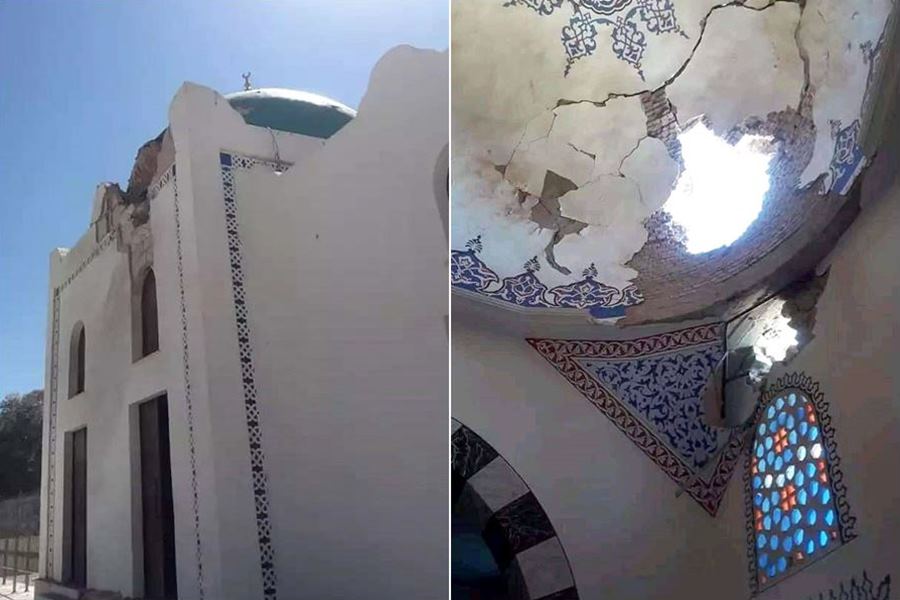
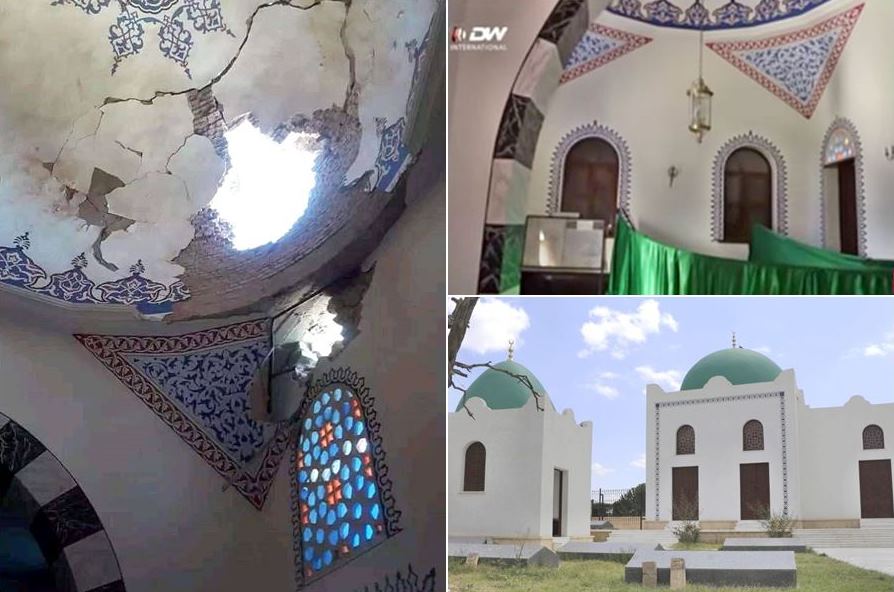
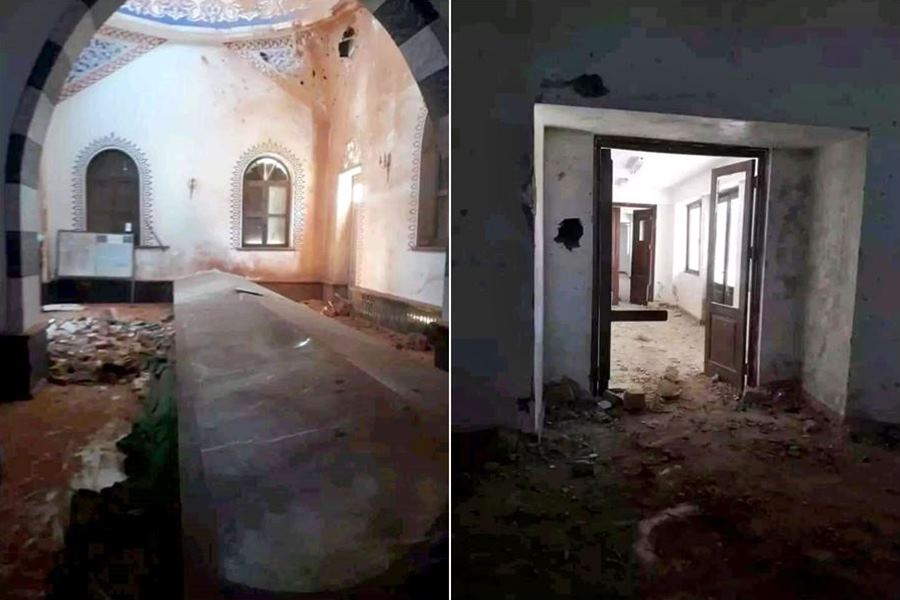
Video from inside the Al-Nejashi mosque shows large shrapnel damage and rubble. Anyone who would have been in this room would have been killed. pic.twitter.com/r9fQqH8Adc
— Ethiopia Map (@MapEthiopia) January 2, 2021
History of Al-Najashi
It was a very critical moment. Jafar ibn Abi Taleb, the elder brother of Ali ibn Abi Taleb, who after embracing Islam escaped the prosecution of Makkans and led a delegation of over 80 emigrants to Habesha, was standing in the court of Christian King Negash to defend Islam. He had full faith in Almighty Allah and so he spoke fearlessly.
According to Arabic sources, Aṣḥama ibn Abjar was Emperor or al-Najashi (Arabic: النجاشي al-Najāshī) of Aksum at the time of Muhammad, and gave refuge to several Muslims in the Kingdom of Aksum. The term “al-Najashi” has the variant al-Negashi; it corresponds to the ancient Aksumite title Negus, with the variant Negash. The name “Ashama” seems to correspond to the original Ge’ez name Ella-Seham, variantSahama. This is an Aksumite king known from coinage. According to other authors, Ashama may have been the same person as king Armah, or his father or son. His tomb is located in the small town of Negash, where he is known as Ashamat al-Negashi.
After the second emigration of Muslims to Habesha (Abyssinia), Abu Jahl and Abu Sufyan, the two warlords of pagans of Makkah, sent a delegation to Najashi asking him to expel the Muslims.

Prophet Muhammad after the Hudaibiyah Treaty, sent letters to leading kings and rulers of the region inviting them to Islam. Amr bin Umayyah Dhimri was delegated to the court of Habesha. King Najashi received the letter with great honor, touched it with his eyes and read it. He came down from the throne and sat on the ground to show his humbleness and high respect for the Prophet of Allah. Later he asked the letter to be preserved in an ivory casket.
The king wrote back saying”…I testify that you are the Messenger of Allah, true and confirming those before you. I have given my allegiance to you and to your brother (i.e. Jafar) and I have surrendered myself through him to the Lord of the Worlds.”
Muslim emigrants returned with Jafar to Madinah when the Prophet (peace be upon him) conquered Khyber. They thanked King Najashi for his good protection and hospitality provided to them. When King Najashi expired the Prophet (peace be upon him) offered his funeral prayer in absentia, in Madinah. He is buried at a place called Najash in Ethiopia.
FOLLOW INDEPENDENT PRESS:
TWITTER (CLICK HERE)
https://twitter.com/IpIndependent
FACEBOOK (CLICK HERE)
https://web.facebook.com/ipindependent
Think your friends would be interested? Share this story!


